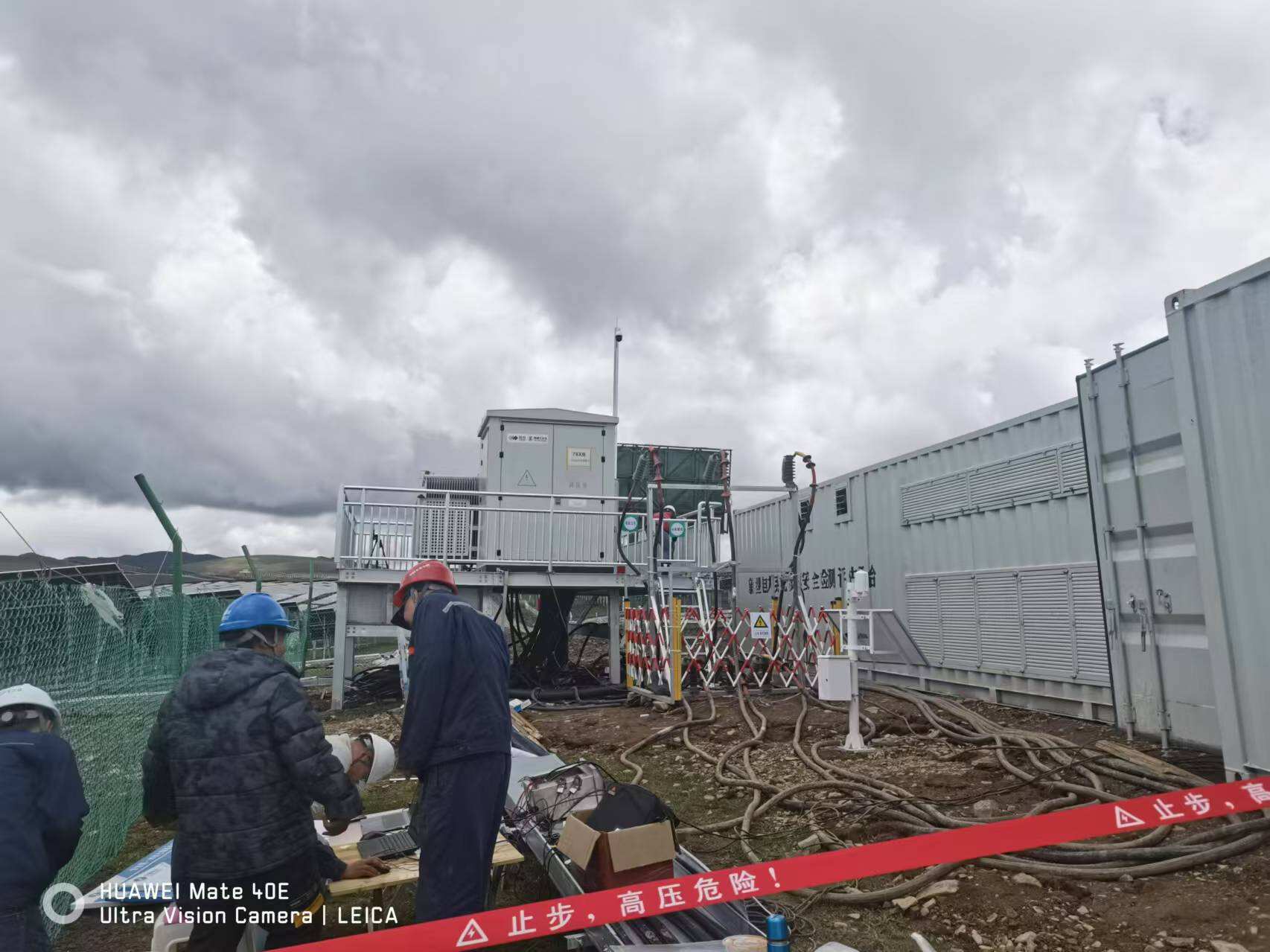power grid adaptability test
The power grid adaptability test is a comprehensive evaluation system designed to assess and verify the resilience and flexibility of electrical grid infrastructure. This sophisticated testing protocol examines how power distribution networks respond to various operational challenges, including load fluctuations, system disturbances, and integration of renewable energy sources. The test employs advanced monitoring equipment and analytical tools to measure grid performance across multiple parameters, such as voltage stability, frequency response, and power quality metrics. It simulates real-world scenarios, including sudden demand spikes, equipment failures, and extreme weather conditions, to evaluate the grid's ability to maintain reliable service. The technology incorporates state-of-the-art sensors and data acquisition systems that provide real-time feedback on grid behavior, enabling operators to identify potential vulnerabilities and optimize system performance. This testing framework is particularly valuable for utilities modernizing their infrastructure to accommodate smart grid technologies and distributed energy resources. It helps ensure compliance with regulatory standards while providing actionable insights for grid enhancement and maintenance planning. The adaptability test's applications extend from urban power networks to remote microgrids, making it an essential tool for modern power system management.




